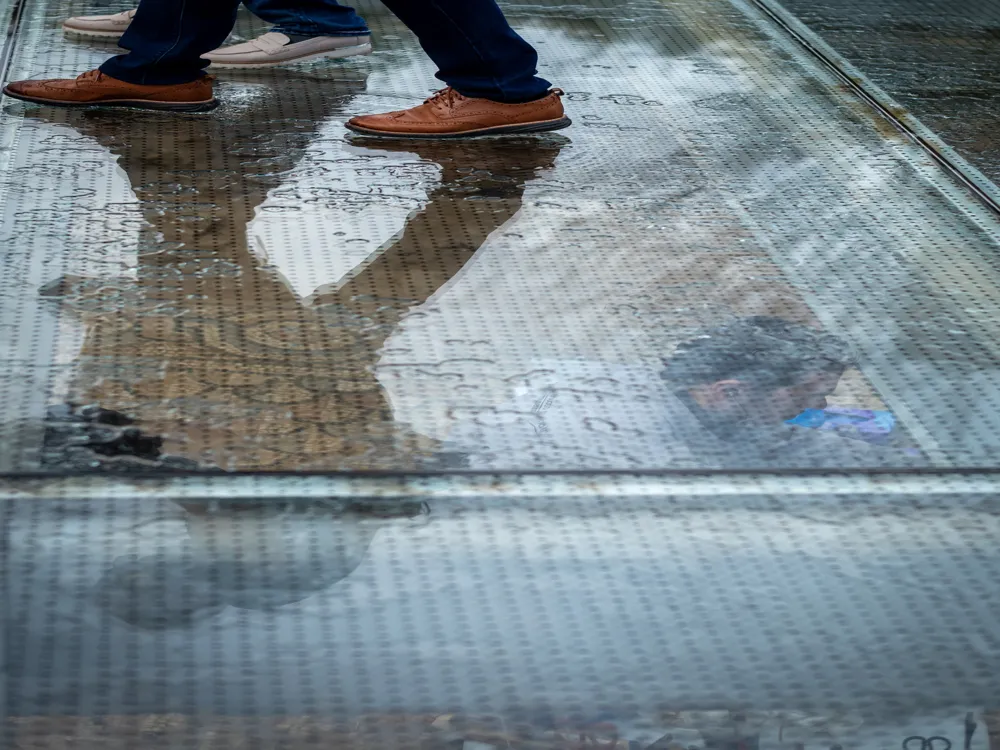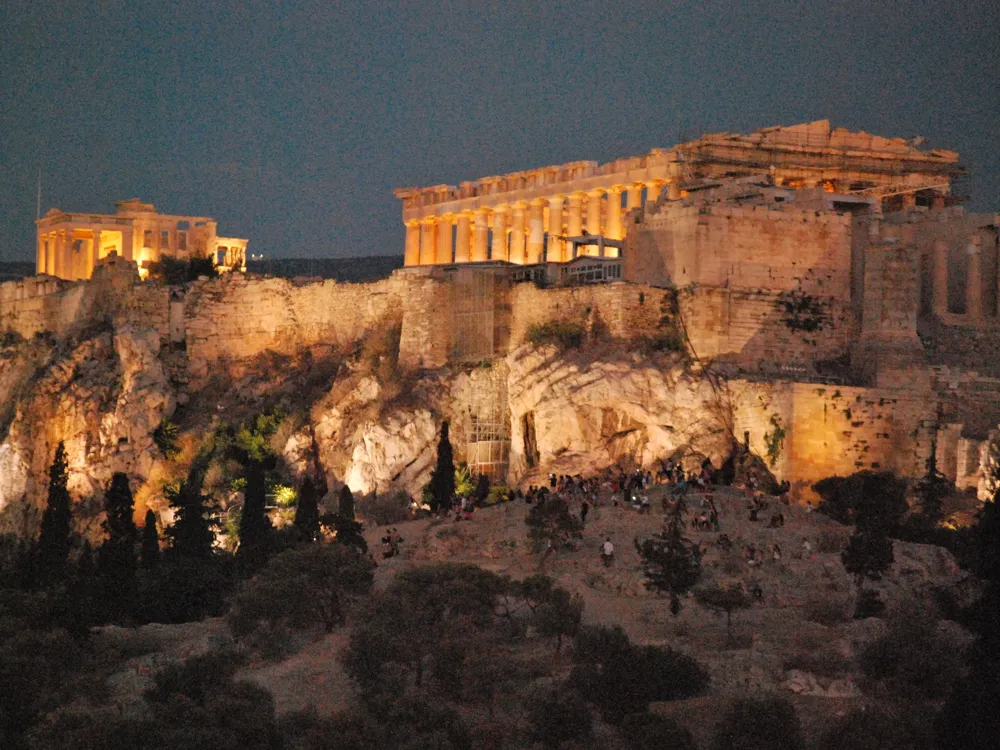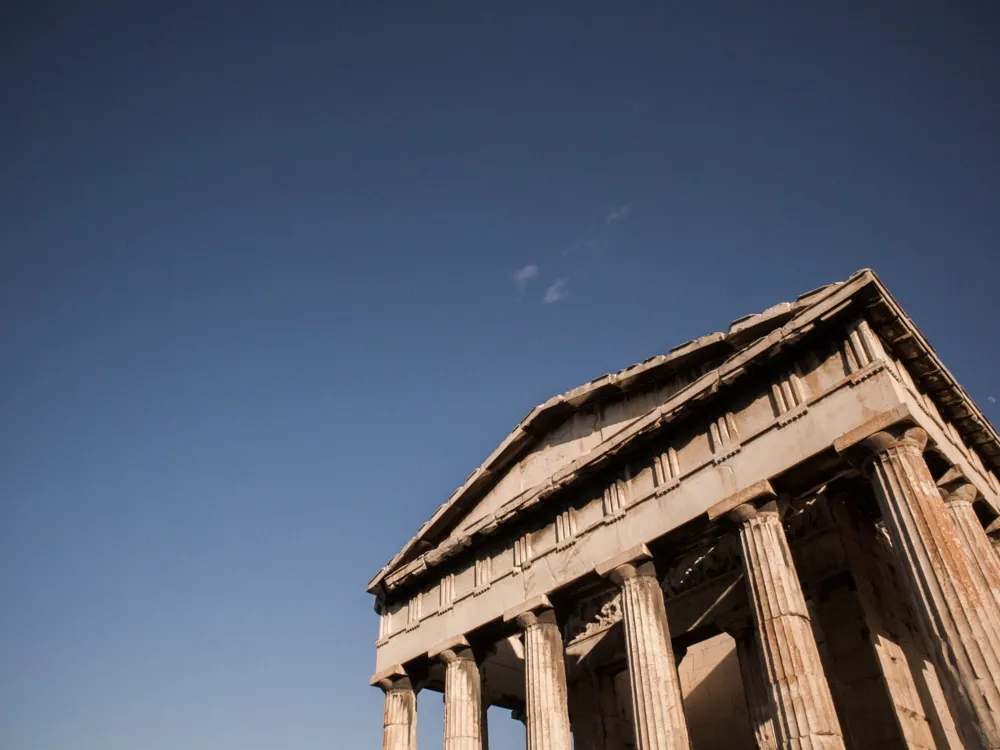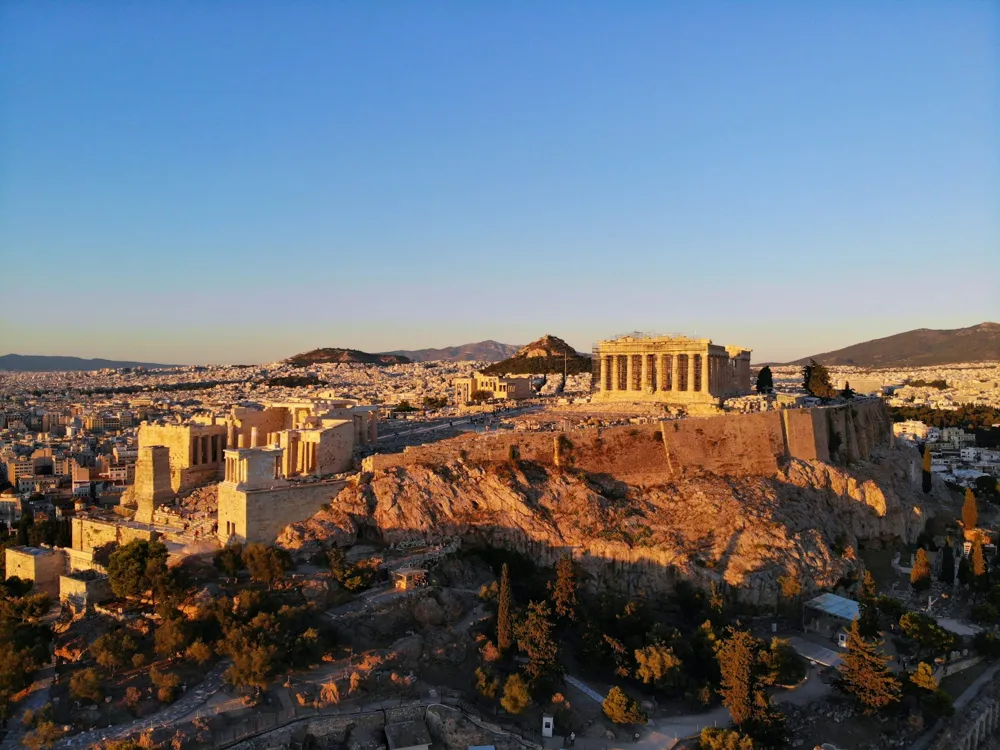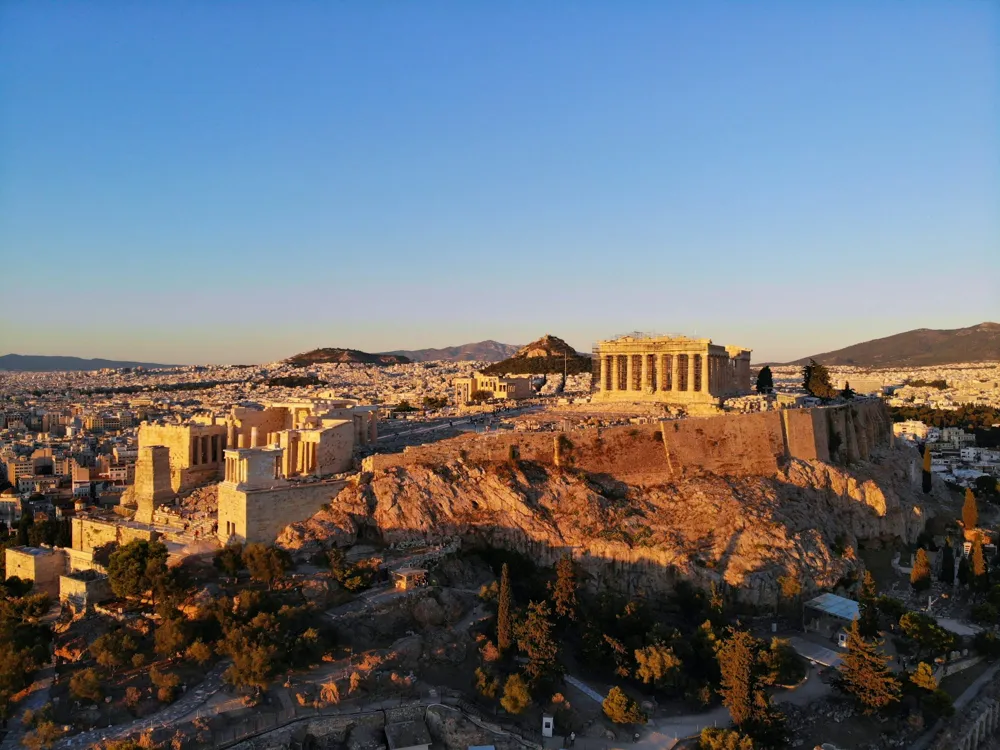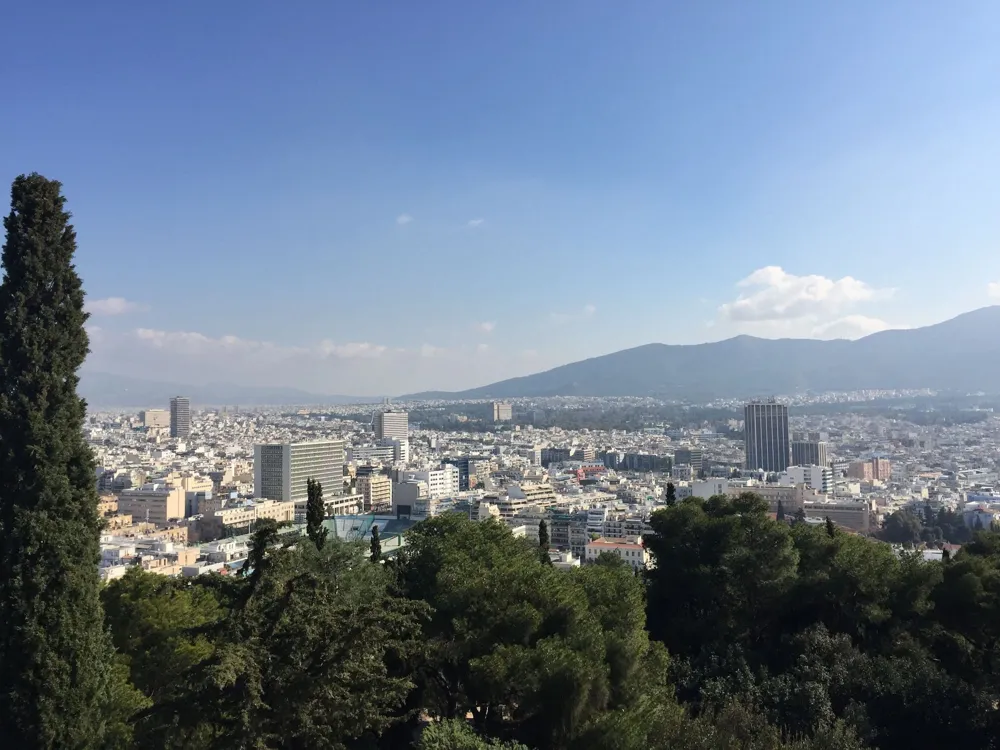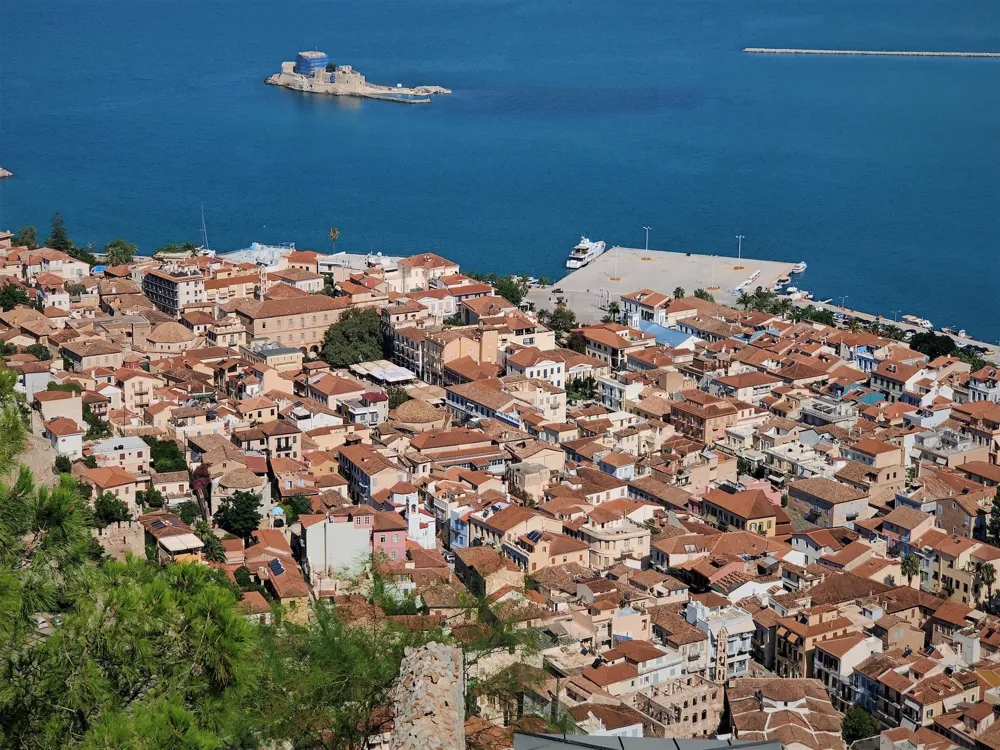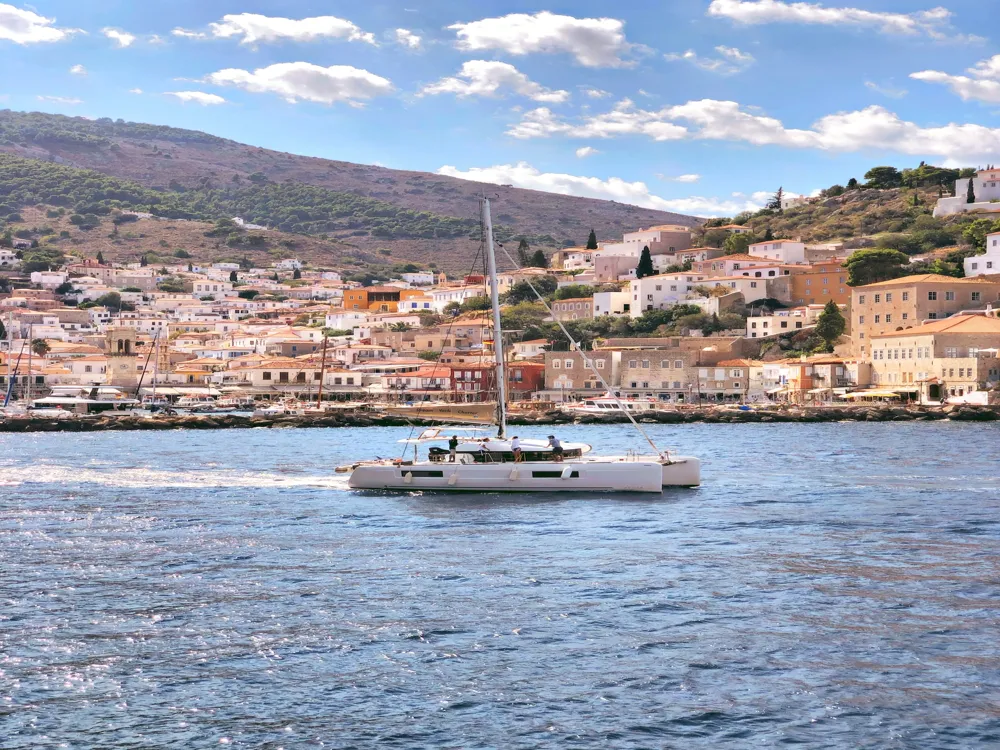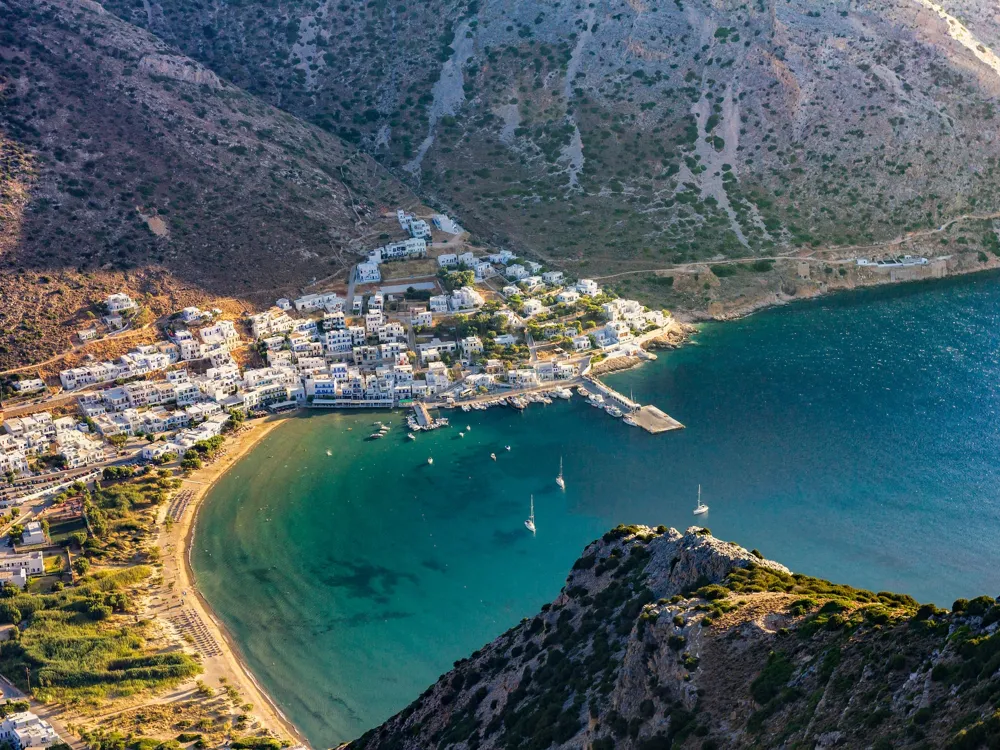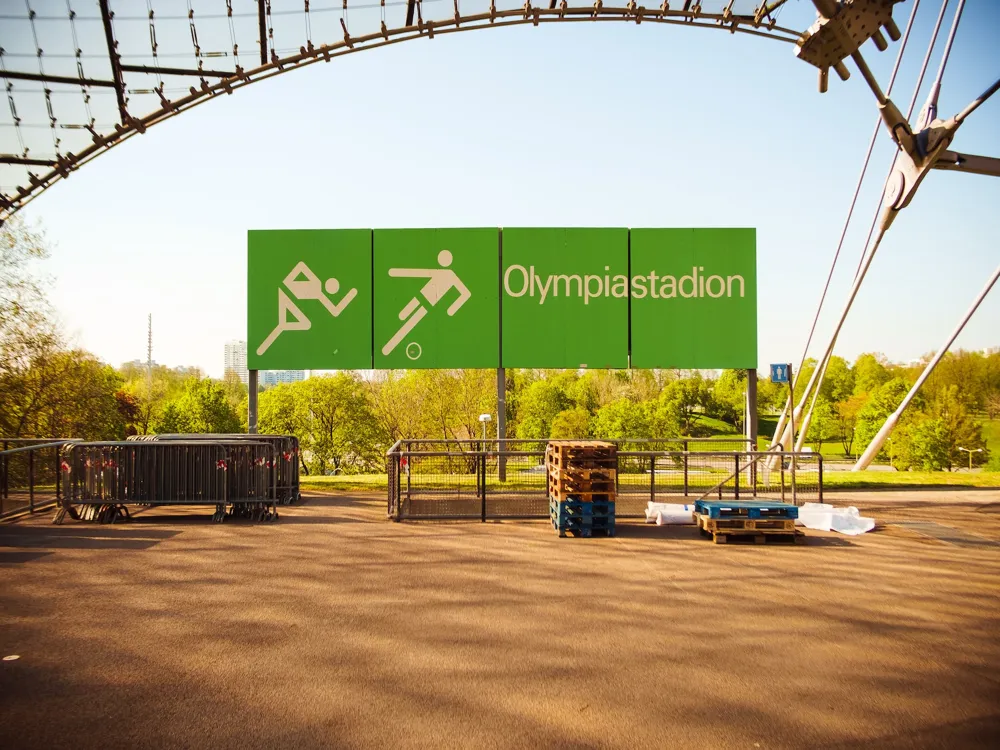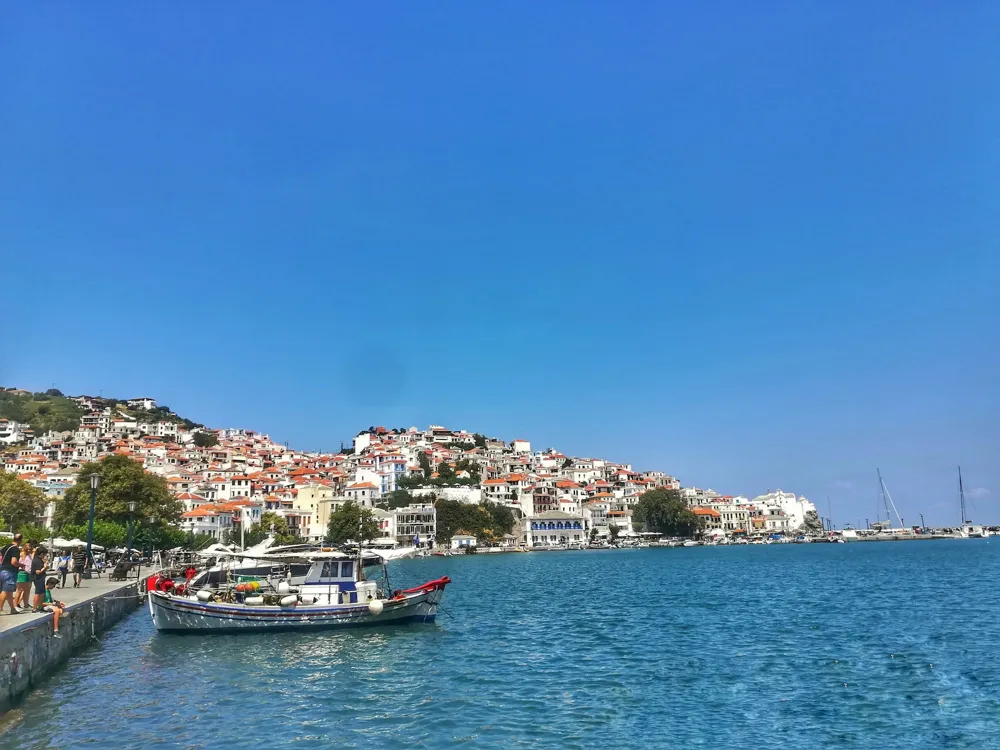The Panathenaic Stadium of Athens, a monumental phenomenon, stands as a dateless testament to the rich literal and artistic shade of Greece. Nestled in the heart of Athens, this colosseum isn't just a structure but a vital piece of history that has witnessed the elaboration of sports and culture over centuries. Firstly erected in the 6th century BC for hosting the Panathenaic Games, it was reconstructed in marble by Herodes Atticus in 144 AD, making it the only colosseum in the world erected entirely of marble. Its significance further soared with the reanimation of the ultramodern Olympic Games in 1896, where it was the main venue, reinstating its status as a global symbol of athletic excellence and artistic heritage. The architectural majesty of the Panathenaic Stadium is a masterful representation of classical Greek design, harmoniously blending fineness and functionality. Constructed entirely of white Pentelic marble, the same marble used for the Parthenon, it exudes a pristine beauty and enduring strength. The colosseum's U-shaped design, a hallmark of ancient Greek colosseums, includes a 204-cadence-long race track, girdled by tiered seating that rises gracefully, creating an assessing yet inviting arena. The ideal time to visit the Panathenaic Stadium is early morning or late autumn, especially during the spring or evening months. This timing helps avoid the harsh noon sun and the peak sightseer hours, allowing for a more tardy and pleasurable experience. Opting for a guided tour can greatly enhance your visit. Knowledgeable attendants give fascinating perceptivity into the stadium history, armature, and its part in both ancient and ultramodern times, offering a more comprehensive understanding of this iconic corner. For photography suckers, the colosseum offers a plethora of stunning illustrations. Capture the majesty of the marble categories, the hugeness of the arena, and the unique perspective of the racetrack. Early morning or late autumn light provides stylish natural lighting for photos. The Panathenaic Stadium is accessible for callers with mobility challenges. There are designated paths and seating areas to insure that everyone can enjoy their visit comfortably and safely. Reaching the Panathenaic Stadium is accessible, with multiple transportation options available. The Colosseum is located in the megacity centre of Athens, making it easily accessible by public transport. The closest metro station is Syntagma Station, from where the Colosseum is just a short walk down. Motorcars and hacks are also readily available, offering a direct route to this iconic corner. For those preferring to drive, there are parking installations. Regardless of the mode of transportation, visiting the Panathenaic Stadium is a smooth and hassle-free experience. Read More:Overview of the Panathenaic Stadium of Athens
The colosseum's armature, heavily inspired by classical Greek aesthetics, features a U-shaped structure with a track and seating area. Its capacity to hold roughly 50,000 observers is a testament to its ancient engineering prowess. The point has been a venue for significant events, including the Olympic Games and colourful artistic observances, seamlessly blending the past and present. The Panathenaic Stadium isn't only a sports venue; it's a ground connecting ages, a place where history breathes and fustiness echoes, making it a necessary visit for anyone travelling to Athens.Architecture of the Panathenaic Stadium
The scrupulous engineering behind its construction is apparent in every wind and column. The colosseum's elongated shape, following the natural silhouettes of the land, enhances acoustics and visibility, ensuring that every onlooker, irrespective of their seat, perceives the events vividly. The harmonious proportions and harmony of the structure reflect the Greek ideals of balance and beauty, making the Panathenaic Stadium a monumental achievement in architectural history. Its restoration in the 19th century was done with utmost respect to its original form, conserving its literal integrity while ensuring its continued use as an ultramodern sports and artistic venue.Tips When Visiting the Panathenaic Stadium
Best Time to Visit
Guided Tours
Photography Tips
Accessibility
How To Reach the Panathenaic Stadium
Panathenaic Stadium
Athens
₹ 25,800 onwards
View athens Packages
Weather :
Tags : Historical Site
Timings : March - October: 8:00 AM - 7:00 PM,
November - February: 8:00 AM - 5:00 PM
Entry Fee : Adult - EUR 5,
Child - EUR 2.50
Planning a Trip? Ask Your Question
Athens Travel Packages
View All Packages For Athens
Top Hotel Collections for Athens

Private Pool

Luxury Hotels

5-Star Hotels

Pet Friendly
Top Hotels Near Athens
Other Top Ranking Places In Athens
View All Places To Visit In athens
Faq on Athens
What is the Panathenaic Stadium?
The Panathenaic Stadium, also known as the Kallimarmaro, is an ancient stadium located in Athens, Greece. It is famous for being the only stadium in the world built entirely of marble.
When was the Panathenaic Stadium built?
The stadium was originally built in the 4th century BC for the Panathenaic Games. However, the current marble structure dates back to its renovation in 144 AD by the Roman senator Herodes Atticus.
What events take place at the Panathenaic Stadium?
While it was historically used for athletic contests, including running races and the pentathlon, today it is mainly used for ceremonial purposes and occasionally hosts cultural events and concerts.
Can visitors enter the Panathenaic Stadium?
Yes, the stadium is open to the public for visits. Visitors can explore the stadium, its museum, and even walk on the track where ancient athletes once competed.
Is the Panathenaic Stadium used for modern Olympic Games?
Yes, the stadium was the site of the first modern Olympic Games in 1896. Since then, it has been used as the finish line for the marathon race in both the 2004 Athens Olympics and the 2011 World Championships in Athletics.
View athens Packages
Weather :
Tags : Historical Site
Timings : March - October: 8:00 AM - 7:00 PM,
November - February: 8:00 AM - 5:00 PM
Entry Fee : Adult - EUR 5,
Child - EUR 2.50
Planning a Trip? Ask Your Question
Athens Travel Packages
View All Packages For Athens
Top Hotel Collections for Athens

Private Pool

Luxury Hotels

5-Star Hotels

Pet Friendly
Top Hotels Near Athens
Other Top Ranking Places In Athens
View All Places To Visit In athensFaq on Athens
What is the Panathenaic Stadium?
The Panathenaic Stadium, also known as the Kallimarmaro, is an ancient stadium located in Athens, Greece. It is famous for being the only stadium in the world built entirely of marble.
When was the Panathenaic Stadium built?
The stadium was originally built in the 4th century BC for the Panathenaic Games. However, the current marble structure dates back to its renovation in 144 AD by the Roman senator Herodes Atticus.
What events take place at the Panathenaic Stadium?
While it was historically used for athletic contests, including running races and the pentathlon, today it is mainly used for ceremonial purposes and occasionally hosts cultural events and concerts.
Can visitors enter the Panathenaic Stadium?
Yes, the stadium is open to the public for visits. Visitors can explore the stadium, its museum, and even walk on the track where ancient athletes once competed.
Is the Panathenaic Stadium used for modern Olympic Games?
Yes, the stadium was the site of the first modern Olympic Games in 1896. Since then, it has been used as the finish line for the marathon race in both the 2004 Athens Olympics and the 2011 World Championships in Athletics.







